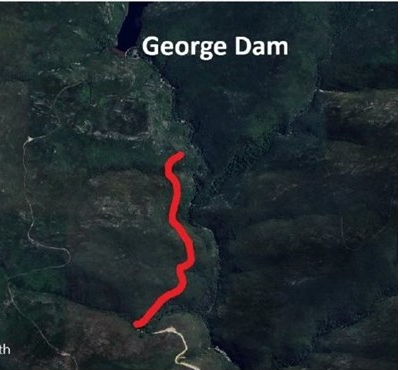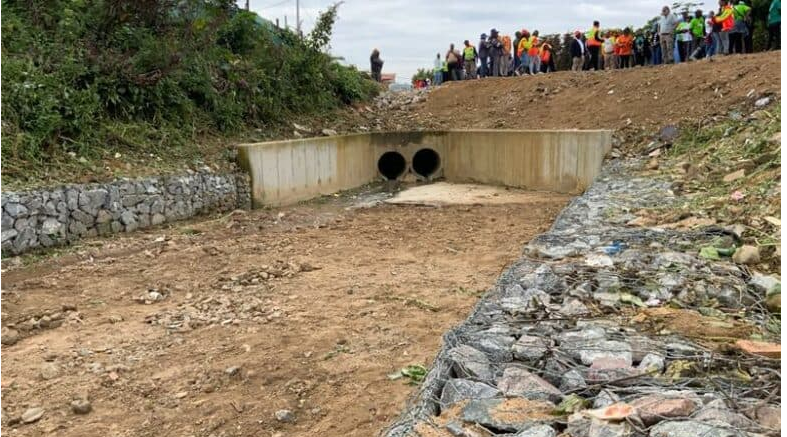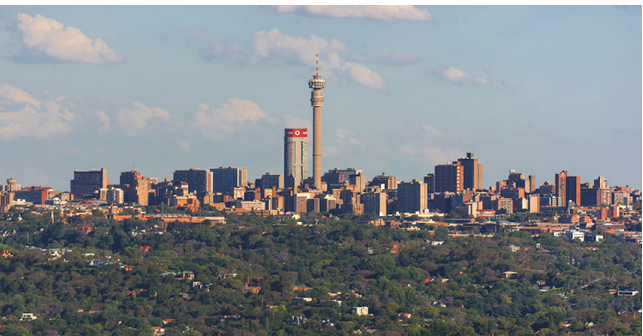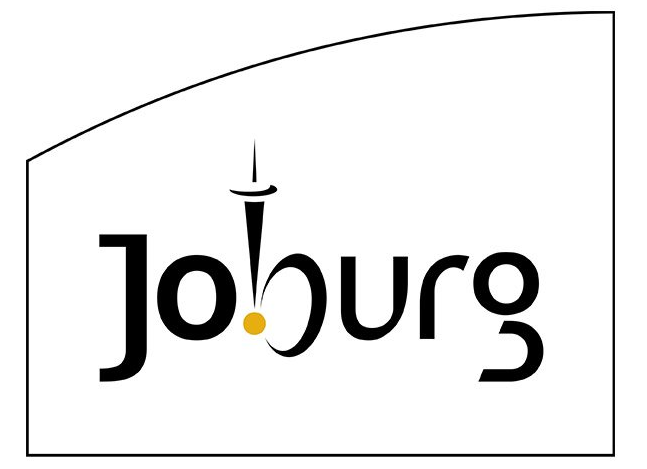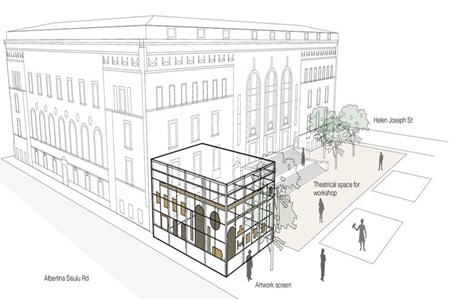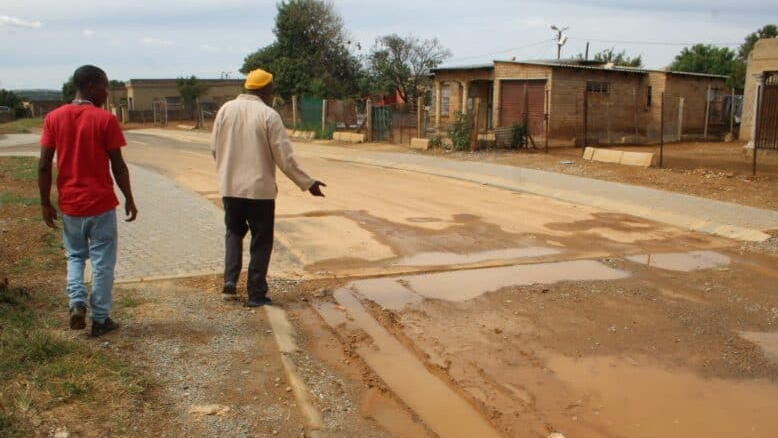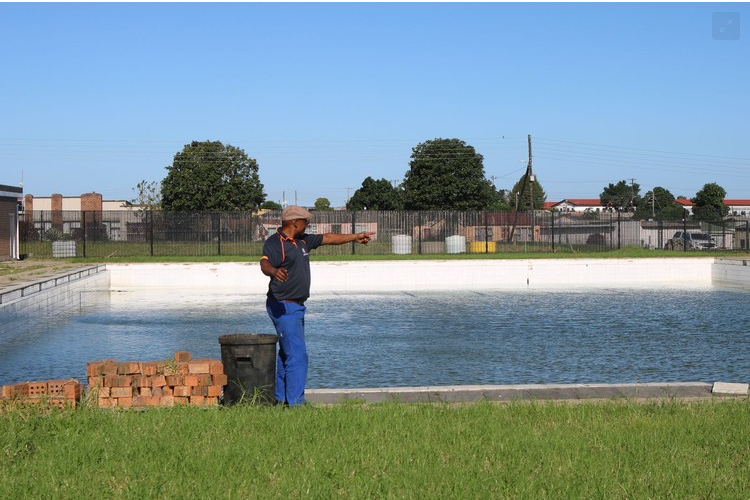R2.4 billion green eFuels project advances toward 2025 construction kickoff

29-08-2024
Read : 414 times
New Castillian News
Source
Momentum is rapidly building as South Africa moves towards becoming a global leader in clean energy. The country is making strides in positioning itself as a significant exporter of Green Energy through its Green eFuels initiative. This ambitious plan is an integral part of the Green Hydrogen Commercialisation Strategy, which received approval from the Cabinet earlier this year.
In March 2024, Newcastillian News reported on the Vaal Special Economic Zone (SEZ) in Gauteng, which was designated as the central hub for South Africa’s Green Hydrogen ambitions.
This marked the beginning of a groundbreaking Blueprint Project, which aims to develop the Green Methanol Corridor. This corridor will stretch from Gauteng to KwaZulu-Natal (KZN), with Durban Port set to be the main sales point.
As previously highlighted, Newcastle and Ladysmith are set to play crucial roles within this corridor, further establishing their importance in the country’s renewable energy landscape and greatly benefiting from the development.
At that time, Newcastillian News noted that Green eFuels Producers (GeFP), a South African company dedicated to advancing eFuels projects, had partnered with EKONAMI SE, a company forming part of a German consortium, driving the project forward.
Furthermore, this initiative aims to ensure electricity stability while working in parallel with Eskom. the goal, according to the company is to see South Africa achieve 50% green power.
Now, five months later, with construction set to begin in March 2025, Chris Heinermann of GeFP provided an update: “The start of construction for the Blueprint Project is still planned for 2025, but will most likely fall into the second half of the year.”
While construction is expected to commence later than originally anticipated, Heinermann assured that the development is ongoing. This includes detailed studies on feedstock availability, volumes, suitability, and quality for the Blueprint Project in the Vaal SEZ, the first site to kick-start the Green Methanol Corridor.
Heinermann also mentioned that although the initial focus remains on Gauteng and KZN, discussions with other provinces have started. The extensive research and discussions are generating anticipation about the project’s future.
Moreover, the Blueprint Project has a substantial budget of R2.4 billion, which includes the methanol production line and a co-located Solar PV Farm. “The medium-term goal is to deploy around ten times the capacity (electricity) in and along the corridor,” said Heinermann.
He further emphasised the project’s potential benefits, including job creation and support for small, medium, and micro enterprises (SMMEs).
“We anticipate creating about 400 job opportunities in and around the Blueprint Project. Future projects could be similar and/or provide two to three times the capacity at a single production site,” stated Heinermann.
The project also promises significant benefits, such as using sewage sludge as feedstock for Green Methanol production. This innovative approach will not only reduce reliance on clean water but also address wastewater treatment challenges. It will produce fertilisers for local agriculture and generate additional clean water for industrial or agricultural use. The use of sewage sludge in smaller units will contribute to the overall power generation of the project.
As a result, Heinermann noted that the corridor would positively impact the communities it passes through. He explained, “Due to the use of sewage sludge as feedstock and the balanced approach on the green power input required to produce green fuels based on hydrogen, the corridor has a positive impact on water and sanitation services (e.g., easing the load on wastewater treatment facilities), supports the just energy transition, improves export activities, and creates economic growth.”
Additionally, Heinermann highlighted South Africa’s opportunity to develop a new industry based on green hydrogen and exportable green energy, including ammonia, methanol, and sustainable aviation fuel.
“The global demand for these products and their core component, hydrogen, is expected to grow significantly by 2050. This growth could enable South Africa to create approximately 600,000 jobs with a 7% global market share. The government’s Green Hydrogen Commercialisation Strategy will support this growth. The infrastructure development for this new industry will also address water issues and support the local just energy transition,” Heinermann added.
As final preparations are underway before the project kicks off in 2025, Heinermann stressed that developing a new industry requires a period for skill development and SMME opportunities. “Project development must be executed to ensure successful implementation and long-term operations. Transparent and open dialogue with local communities is crucial to manage expectations and optimise local participation. South Africa is a natural hotspot for green hydrogen production and its derivatives due to its renewable energy resources, available land, and its people,” concluded Heinermann.
Recent News
Here are recent news articles from the Building and Construction Industry.
Have you signed up for your free copy yet?

